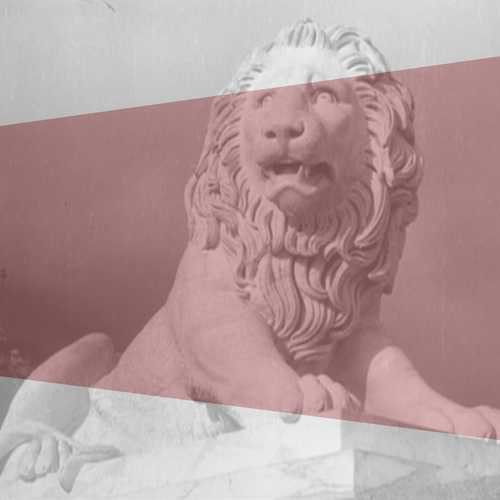Research Focus: Material and Method
Forschungsschwerpunkt: Material und Methode
Image Credit: BRONENOSEC POTEMKIN (SU 1925), R: Sergei Eisenstein
In the academic year 2017/18 we primarily concentrated on how cinematic thinking has emerged as an aesthetic mode of historical experience, hereby drawing on historical theory. We now continue this work in winter 2018/19 with a refocusing of the European avantgarde discourse of the 1920s, centering on Sergei M. Eisenstein’s theory and practice—that is, on a film-poetological thinking that has been guiding our work at Cinepoetics from the very beginning.
Eisenstein is considered as one of the leading protagonists of Soviet montage cinema. His film theory and practice are based on the idea that film is to be put on a level with montage as its genuine means of expression. In this perspective, film would create meaning insofar as third meaning emerges from the collision of two shots—a meaning which is more than the sum of its parts. For Eisenstein, however, this affective and intellectual centrifugal force of montage is not to be equated with a devaluation or reduction of image contents to mere stimulus material, which is then interconnected. Rather, a complex aesthetic dialectics exists between the characters, objects (and their various junctions) staged in these images that has re-ignited Eisenstein’s work and thinking time and again. In accordance with such a dialectic correlation movement and referring to his film BATTLESHIP POTEMKIN, Eisenstein, in his text “On the Play of Objects” (1925), has outlined his idea of transferring the task of audience emotionalization from the actor to “inanimate objects.” That way a “play of objects,” a “purely cinematic process” not accessible to the form of theater (which, according to Eisenstein, does not go beyond a play with objects) would have to be attained. From an “enthusiasm for objects” for their own sake a step can be taken towards a cinematic rhythmization and modeling of the “figurative” as “attraction material” for the purpose of affect production.
With our semester focus “Material and Method” we follow up on Eisenstein’s thoughts. In our colloquia, based on texts and films by Eisenstein as well as other protagonists of 1920s avant-garde cinema, we will aim at positioning a discourse which has associated the possibilities of “sensuous thinking” with film. “Material,” in this context, is to be understood as a transformation of components of the exterior world (facts, things) into aesthetic perception units (attractions) and forms of composition. Referring to poetic operations (such as montage) and cultural tactics of appropriation (the quote, for instance), the term “method” aims at the poetological principles of this transformation as an expression of a thinking which is at the same time sensuous and reflexive.
By putting an emphasis on Eisenstein, and by concentrating on the conceptual spectrum of “material” and “method,” we seek to focus some of our central epistemological interests—for instance the theoretical specification of a “poiesis of film viewing” and a “hermeneutics of poetic making”—through the historical prism of a case study.
Alongside distinguished Eisenstein experts such as Naum Kleiman, Karla Oeler and Yuri Tsivian, our senior fellows include filmmaker Tatiana Brandrup, film historian Michael Cowan as well as philosopher and media theorist D.N. Rodowick. Within the context of our research focus a workshop on “Eisenstein and the Play of Objects” will be held in Potsdam in late November 2018, bringing the official Eisenstein year to a close. Conceptualized together with Naum Kleiman, and featuring further international Eisenstein scholars, this event will be co-organized by Cinepoetics and the Brandenburg Centre for Media Studies (ZeM).
